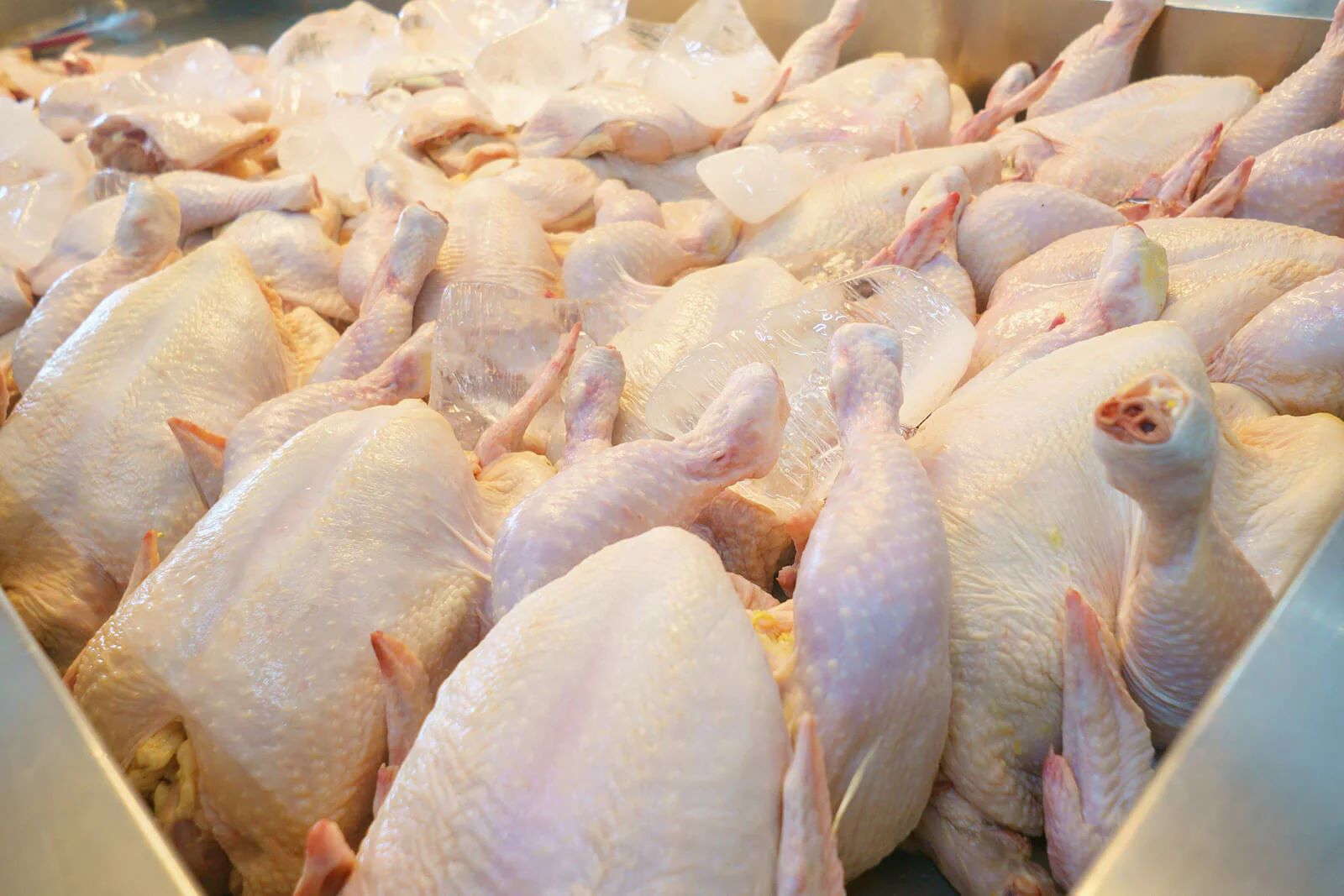

Articles
How To Store Frozen Chicken
Modified: April 22, 2024
Learn the best methods for storing frozen chicken with these helpful articles. Keep your chicken fresh and safe for future meals.
(Many of the links in this article redirect to a specific reviewed product. Your purchase of these products through affiliate links helps to generate commission for Storables.com, at no extra cost. Learn more)
Introduction
Welcome to the world of frozen chicken! Whether you are a meal prepper, a busy parent, or just a lover of poultry, knowing how to properly store frozen chicken is essential. Freezing is a fantastic way to preserve chicken’s freshness and extend its shelf life. However, to ensure the best quality and safety, it is crucial to follow the right techniques and guidelines when storing frozen chicken.
In this article, we will explore everything you need to know about storing frozen chicken, from knowing when to store it to thawing it safely. So, let’s dive in and discover how to keep your frozen chicken in top shape and ready for delicious meals whenever you need it.
Key Takeaways:
- Properly storing frozen chicken involves freezing it at the right time, preparing it carefully, choosing the right containers, and labeling packages for easy organization and safe consumption.
- Thaw frozen chicken safely using methods like refrigerator thawing, cold-water thawing, or microwave thawing, and adjust cooking techniques for best results when using previously frozen chicken.
Knowing When to Store Frozen Chicken
Before we delve into the storage process, it’s important to understand when it’s appropriate to freeze chicken. Freezing chicken preserves its quality and prevents the growth of harmful bacteria if done at the right time.
When it comes to fresh chicken, it’s best to freeze it as soon as possible. If you know you won’t be using the chicken within a couple of days, it’s wise to freeze it to maintain its freshness. However, if the chicken has already been sitting in the refrigerator for a few days, it’s best to cook it and then freeze it to ensure safety.
Raw chicken should be frozen before its expiration date. Freezing chicken on or before its expiration date helps to maintain its flavor and texture. If you’re unsure about the freshness of the chicken, always go by the “use-by” date indicated on the packaging.
Leftover cooked chicken can also be frozen. If you have cooked too much chicken or have some leftover from a previous meal, freezing it is a great way to prevent food waste and have a convenient ingredient for future recipes. Just make sure to cool the cooked chicken completely before transferring it to the freezer.
By understanding the right time to freeze chicken, you can ensure that it maintains its quality and remains safe to consume once thawed.
Preparing Frozen Chicken for Storage
Before storing your chicken in the freezer, it is important to prepare it properly. Taking the following steps will help maintain the quality and minimize the risk of contamination:
1. Inspect the chicken: Before freezing, check the chicken for any signs of spoilage, such as an off smell or discoloration. If you notice any abnormalities, it is best to discard the chicken rather than freezing it.
2. Trim excess fat: Trimming excess fat from the chicken helps prevent it from becoming rancid during storage. Remove any visible fat using a sharp knife or kitchen shears.
3. Season or marinate (optional): If you prefer, you can season or marinate the chicken before freezing. This can enhance the flavor and make it more convenient for future meals. However, be mindful of the ingredients used, as some may not freeze well and can affect the texture of the chicken.
4. Divide into portions: Consider dividing the chicken into smaller portions before freezing. This allows for easier thawing and prevents you from having to thaw the entire batch when you only need a portion.
5. Pat dry: Ensure the chicken is thoroughly dried with paper towels before freezing. Excess moisture can contribute to freezer burn and affect the overall quality of the chicken.
By taking these steps to prepare the frozen chicken, you can maximize its quality and ensure that it stays fresh during storage.
Choosing the Right Containers for Freezing
When it comes to freezing chicken, choosing the right containers is crucial for maintaining its quality and preventing freezer burn. Here are some options to consider:
1. Freezer bags: Freezer bags are a popular choice for storing frozen chicken. They are made from thicker, more durable plastic than regular storage bags, which helps to prevent freezer burn and protect the chicken from moisture loss. Make sure to select bags that are specifically labeled as freezer-safe.
2. Vacuum-sealed bags: Vacuum-sealing is an excellent option for long-term storage of frozen chicken. By removing the air from the bags, vacuum-sealed packaging prevents freezer burn and helps retain the chicken’s flavor and texture. This method is ideal if you plan to keep the chicken in the freezer for an extended period.
3. Freezer-safe containers: If you prefer a more eco-friendly option or want to avoid using plastic bags, freezer-safe containers are a great choice. Look for containers made from BPA-free materials that can withstand freezing temperatures without cracking or breaking. Opt for airtight containers to prevent moisture loss and freezer burn.
4. Foil or freezer paper: Wrapping the chicken in foil or freezer paper can provide an additional layer of protection against freezer burn. However, it is best to use this method in combination with a freezer bag or container to minimize the risk of air exposure.
Remember to choose containers or packaging that are appropriate for the portion size you intend to freeze. This will make it easier to retrieve the desired amount of chicken when it comes time to thaw and use it.
By selecting the right containers, you can ensure that your frozen chicken stays fresh and maintains its quality during its time in the freezer.
Properly Packaging Frozen Chicken
Proper packaging is essential when it comes to freezing chicken. It helps prevent freezer burn, maintain the texture and flavor, and protect the chicken from moisture loss. Here are some key points to keep in mind when packaging frozen chicken:
1. Wrap it tight: Whether you are using freezer bags, vacuum-sealed bags, or containers, ensure that the chicken is wrapped tightly and securely. This helps minimize air exposure, which can lead to freezer burn. Make sure there are no gaps or openings where air can pass through.
2. Remove excess air: If using freezer bags, try to remove as much air as possible before sealing them. Squeeze out the excess air or use a straw to suck it out. This step helps prevent oxidization and maintains the quality of the chicken.
3. Seal properly: Ensure that all bags or containers are properly sealed to prevent any air or moisture from getting in. Double-check the seals to ensure they are tight and secure.
4. Use packaging layers: If you are using foil or freezer paper, consider wrapping the chicken in multiple layers for added protection. This extra layering can help prevent freezer burn and maintain the moisture content of the chicken.
5. Label the packaging: It is important to label each package with the date of freezing, as well as the contents. This way, you can easily keep track of how long the chicken has been in the freezer and ensure you use it within the recommended time frame.
Remember, proper packaging is crucial to maintain the quality and safety of your frozen chicken. Taking a little extra time to package it correctly before freezing will go a long way in preserving its flavor and texture.
When storing frozen chicken, make sure to label the packaging with the date of freezing to keep track of its freshness. Additionally, store the chicken in the coldest part of the freezer to maintain its quality.
Read more: How Long To Cook Frozen Chicken In Air Fryer
Labeling and Dating Frozen Chicken
Labeling and dating your frozen chicken is a simple but important step in proper food storage. By clearly labeling and dating the packages, you can easily keep track of the contents and ensure that you use the chicken within the recommended time frame. Here are some helpful tips:
1. Use permanent markers: When labeling frozen chicken, it’s best to use permanent markers that won’t smudge or fade over time. Write the date of freezing on the package, including the day, month, and year.
2. Include the type of chicken: It’s helpful to specify the type of chicken on the label. For example, if it’s boneless, skinless chicken breasts or chicken drumsticks, include that information on the package. This will save you time and make meal planning easier when you’re looking for a specific cut of chicken.
3. Consider portion sizes: If you’ve divided the chicken into portions before freezing, indicate the portion size on the label. This way, you’ll know exactly how much chicken is in each package and can easily defrost the right amount for your meals.
4. FIFO method: FIFO stands for “first in, first out.” Arrange the packages of frozen chicken in your freezer according to the date of freezing, with the oldest packages at the front. This method ensures that you use the oldest chicken first, reducing the risk of freezer burn or spoilage.
5. Keep a freezer inventory: Consider keeping a freezer inventory list where you write down the contents and dates of the frozen chicken. This can be helpful in planning meals, tracking usage, and avoiding wastage.
By taking the time to label and date your frozen chicken, you’ll have better organization in your freezer and avoid any confusion about the age or type of chicken when it’s time to cook.
Storing Frozen Chicken in the Freezer
Now that your chicken is properly packaged and labeled, it’s time to store it in the freezer. Follow these guidelines to ensure that your frozen chicken remains in optimal condition:
1. Maintain consistent freezer temperature: Set your freezer temperature to 0°F (-18°C) or below. This ensures that the chicken is frozen solid and prevents the growth of bacteria.
2. Choose the right location: Place the packaged chicken in the coldest part of the freezer, such as the back or the bottom. Avoid storing it near the freezer door, as temperature fluctuations can affect the quality of the chicken.
3. Don’t overcrowd the freezer: Allow enough space between the packages of chicken to allow for proper airflow. This helps maintain a consistent temperature and prevents the chicken from thawing partially due to insulation from surrounding items.
4. Avoid freezer door storage: Regularly opening and closing the freezer door can cause temperature fluctuations. To minimize this, avoid storing your frozen chicken in the door compartments. Instead, opt for the interior shelves or drawers.
5. Use a freezer thermometer: Consider investing in a freezer thermometer to ensure that the temperature remains at the recommended level. Regularly check the thermometer to verify that the freezer is functioning properly.
6. Keep track of storage time: Frozen chicken is safe to consume indefinitely, but for the best quality, it is recommended to use it within a certain timeframe. Generally, boneless chicken breasts and tenderloins can be stored for up to 9 months, while whole chickens or pieces with bones can be stored for up to 12 months.
By following these guidelines and proper storage practices, your frozen chicken will remain safe and maintain its quality for an extended period. This allows you to have a convenient supply of chicken for meals whenever you need it.
Thawing Frozen Chicken Safely
When it’s time to use your frozen chicken, it’s important to thaw it safely to avoid any risk of bacterial growth and ensure that it cooks evenly. Here are some safe methods to thaw frozen chicken:
1. Refrigerator thawing: The best and safest method for thawing frozen chicken is to place it in the refrigerator. Simply transfer the packaged chicken from the freezer to a plate or tray and let it thaw in the refrigerator overnight or for about 24 hours. This slow, controlled thawing process ensures that the chicken remains at a safe temperature and minimizes the risk of bacterial growth.
2. Cold-water thawing: If you need to thaw chicken quickly, you can use the cold-water method. Place the frozen chicken in a sealed plastic bag and submerge it in cold water. Change the water every 30 minutes to ensure that it stays cold. This method typically takes about 1 to 3 hours, depending on the size and thickness of the chicken.
3. Microwave thawing: Thawing chicken in the microwave is an option, but it requires caution to prevent uneven cooking and potential bacterial growth. Use the microwave’s defrost setting, and follow the manufacturer’s guidelines. Be sure to cook the chicken immediately after thawing to ensure it reaches a safe internal temperature.
4. Cook from frozen: In certain situations, you can also cook your frozen chicken directly without thawing it. Ensure that the chicken reaches a safe internal temperature of 165°F (74°C) throughout the cooking process. However, note that cooking times may be longer if starting from frozen.
Regardless of the method you choose, it’s important to handle thawed chicken properly. Never refreeze chicken that has been thawed, as it may lead to a loss in quality and potentially pose a food safety risk.
By following these thawing methods, you can safely and effectively bring your frozen chicken to a point where it’s ready to be cooked into delicious meals.
Tips for Using Previously Frozen Chicken
Using previously frozen chicken can be a convenient option for quick and easy meals. Here are some helpful tips to keep in mind when cooking with chicken that has been previously frozen:
1. Thawed chicken is best for marinating: If you’ve thawed the chicken using the refrigerator or cold-water methods, it will be easier to marinate before cooking. The marinade will penetrate the meat more effectively, resulting in enhanced flavor and tenderness.
2. Adjust cooking times: Previously frozen chicken may require slightly longer cooking times compared to fresh chicken. Monitor the internal temperature using a meat thermometer to ensure that the chicken reaches a safe internal temperature of 165°F (74°C) throughout.
3. Be mindful of texture changes: Freezing can affect the texture of chicken, often making it slightly drier than fresh chicken. To counteract this, consider using moist cooking methods, such as braising or stewing, to help retain moisture and tenderness.
4. Opt for flavorful cooking techniques: To enhance the flavor of previously frozen chicken, consider using cooking techniques that add additional taste. Grilling, roasting, and sautéing can help develop delicious flavors and create a more satisfying meal.
5. Use in cooked dishes: Previously frozen chicken works well in cooked dishes such as casseroles, stir-fries, soups, and stews. The cooking process will help blend the flavors and textures, and any slight dryness from freezing may go unnoticed when combined with other ingredients.
6. Consider using it as an ingredient: If the texture of the previously frozen chicken is not as desired for standalone dishes, you can still utilize it as an ingredient in salads, sandwiches, wraps, or pasta dishes. Slicing or shredding the chicken can help distribute it more evenly and provide a different eating experience.
Remember, properly thawed and cooked previously frozen chicken is safe to consume. Just be mindful of any texture changes that might occur and adjust your cooking techniques accordingly to achieve the best results.
Conclusion
Mastering the art of storing frozen chicken is a valuable skill for any home cook. By understanding the proper techniques and guidelines, you can ensure that your frozen chicken remains fresh, flavorful, and safe to consume.
Knowing when to store frozen chicken and properly preparing it for freezing are crucial steps in maintaining its quality. Choosing the right containers or packaging is essential in preventing freezer burn and moisture loss. By labeling and dating the packages, you can easily keep track of the contents and storage times.
Storing frozen chicken in the freezer requires maintaining a consistent temperature and avoiding overcrowding. Thawing frozen chicken safely helps prevent bacterial growth and ensures even cooking. When using previously frozen chicken, adapting cooking times and techniques can help achieve delicious results.
In conclusion, by following the tips and techniques outlined in this article, you can confidently store and use frozen chicken in your everyday cooking. Whether you’re preparing a quick weeknight dinner or planning ahead for meal prepping, properly stored frozen chicken is a versatile and convenient ingredient that can help you create delicious and satisfying meals.
Frequently Asked Questions about How To Store Frozen Chicken
Was this page helpful?
At Storables.com, we guarantee accurate and reliable information. Our content, validated by Expert Board Contributors, is crafted following stringent Editorial Policies. We're committed to providing you with well-researched, expert-backed insights for all your informational needs.
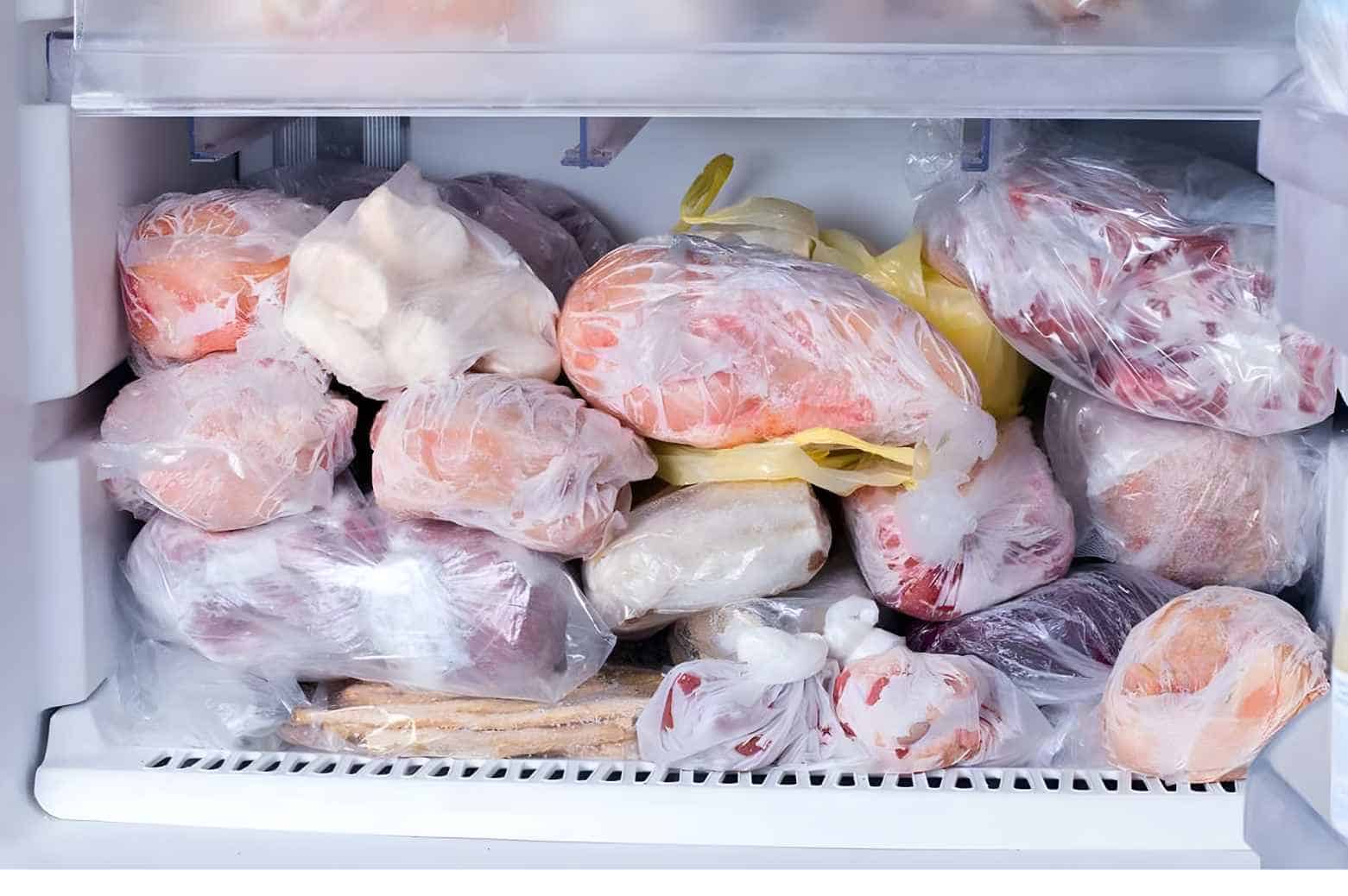
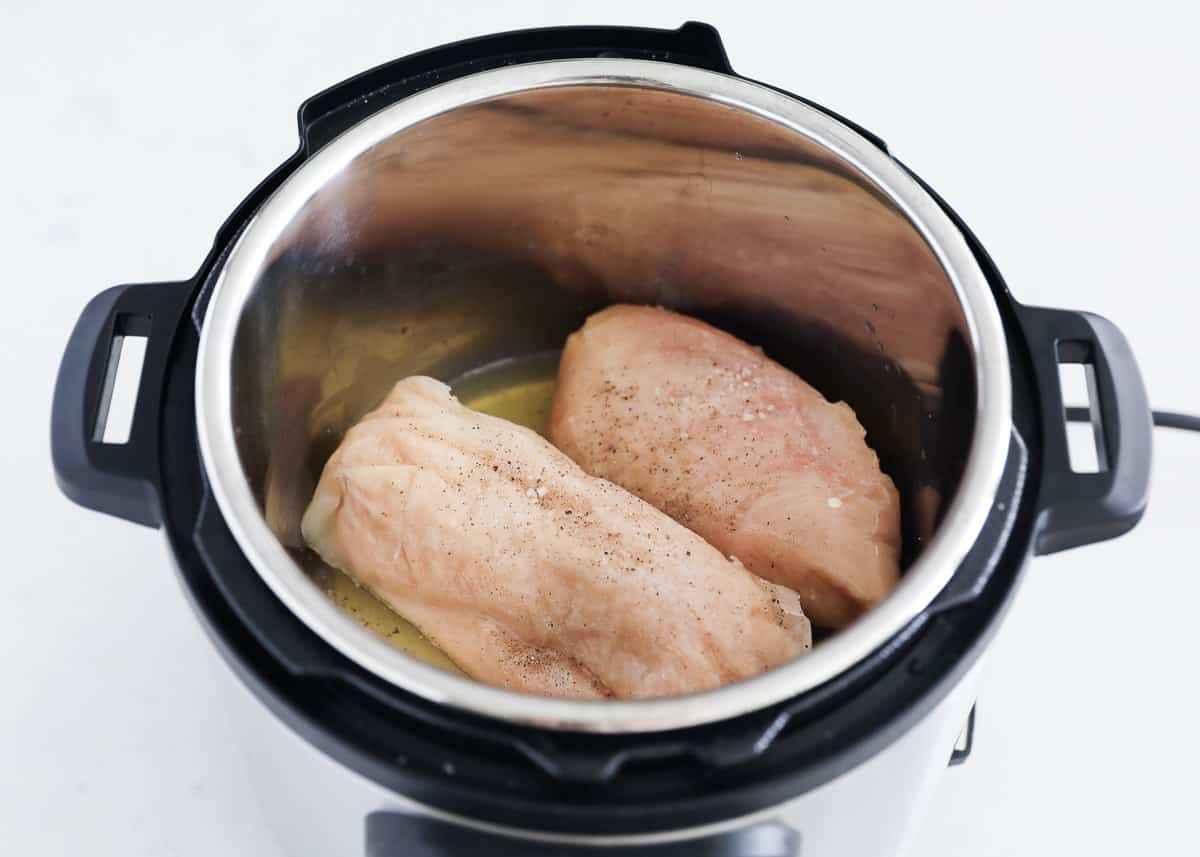
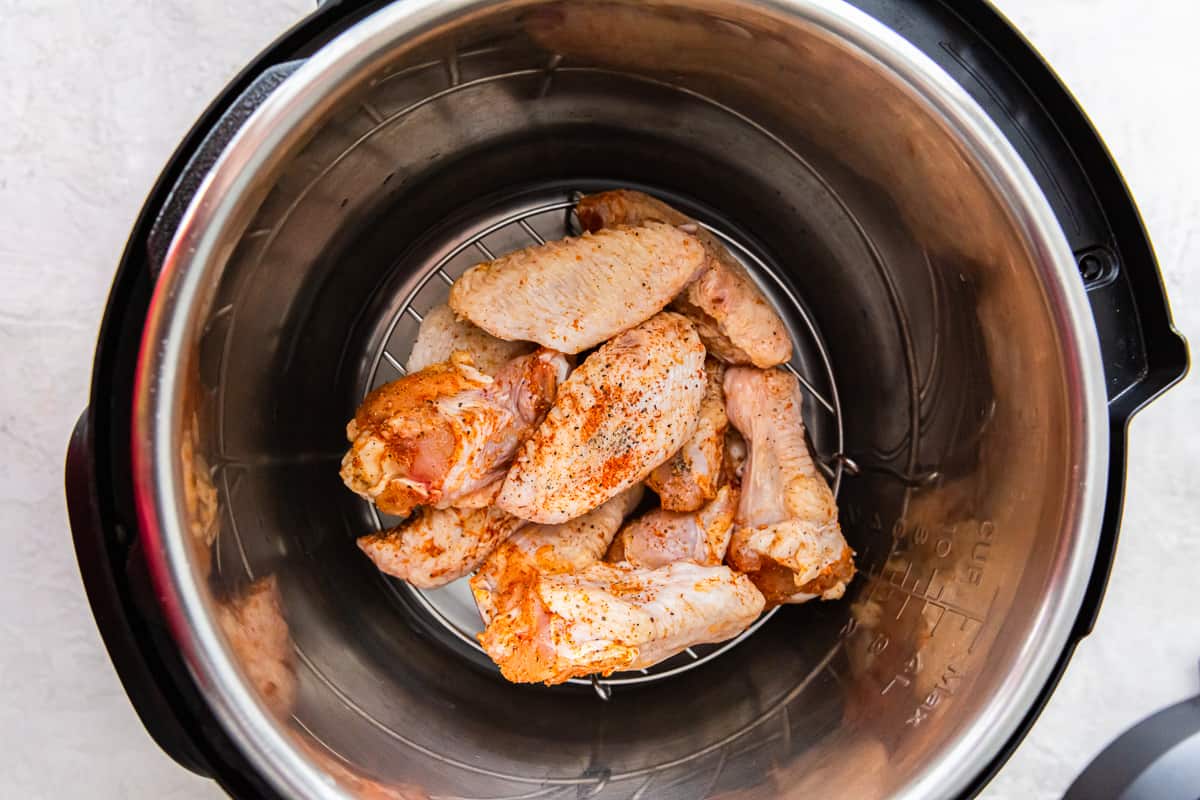

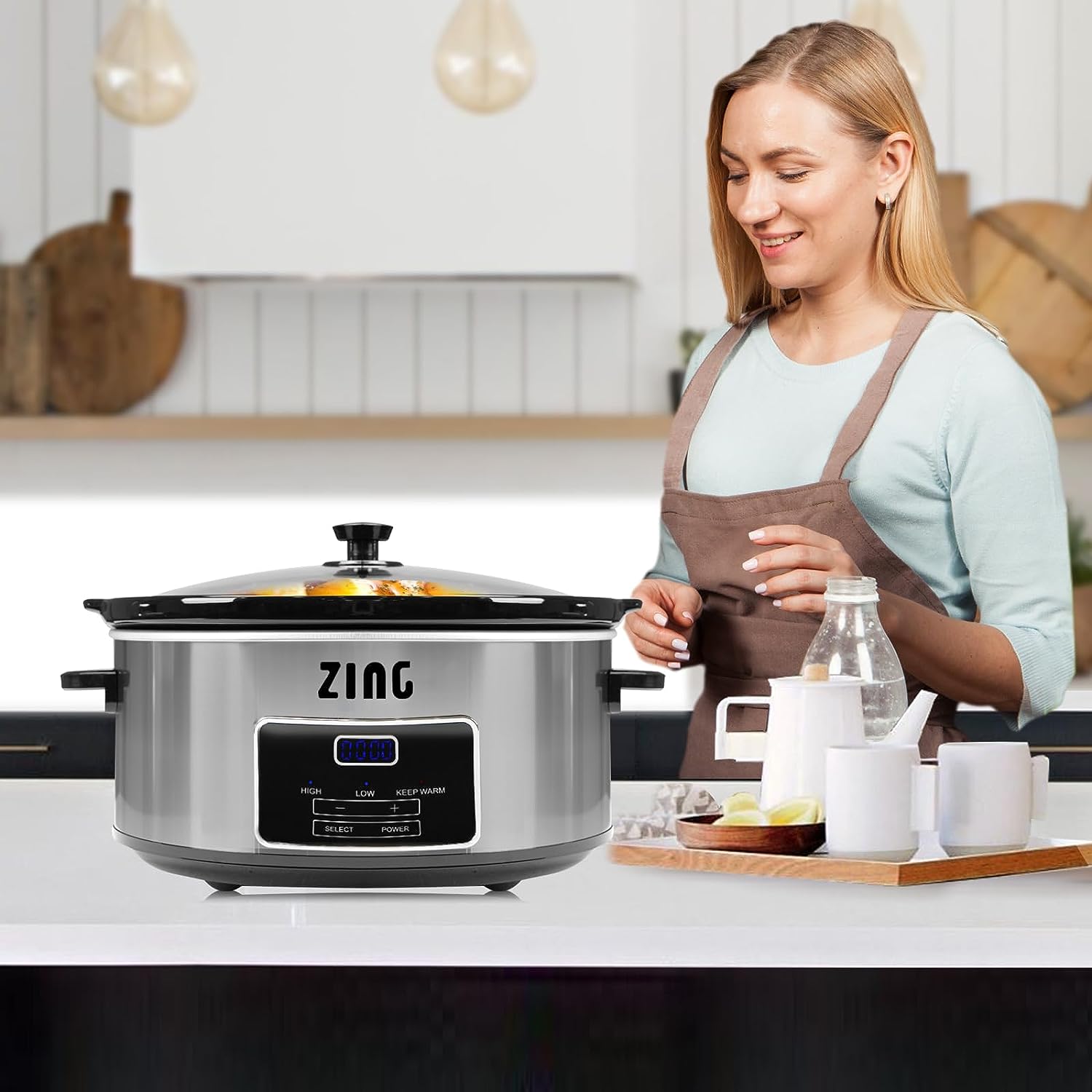
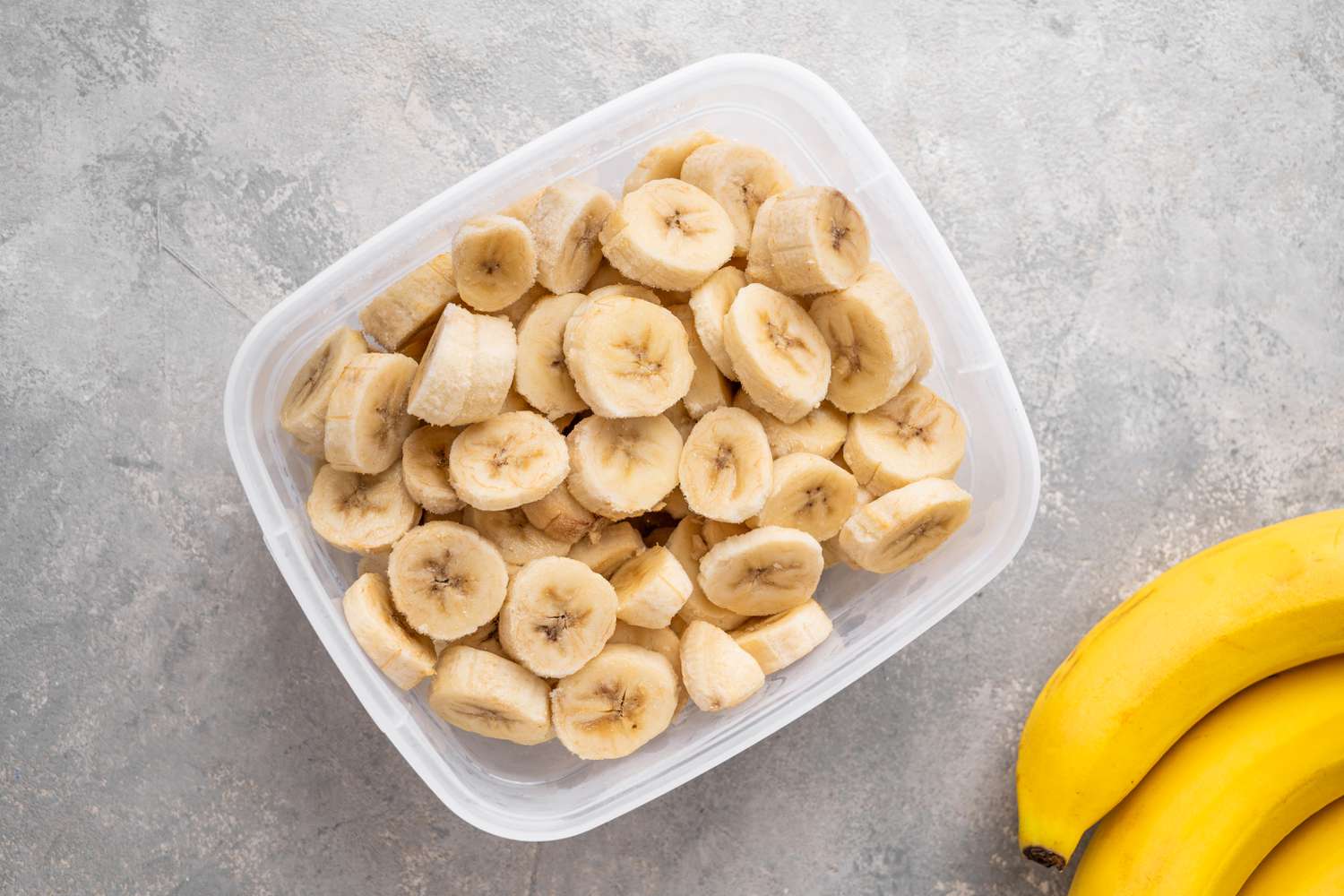
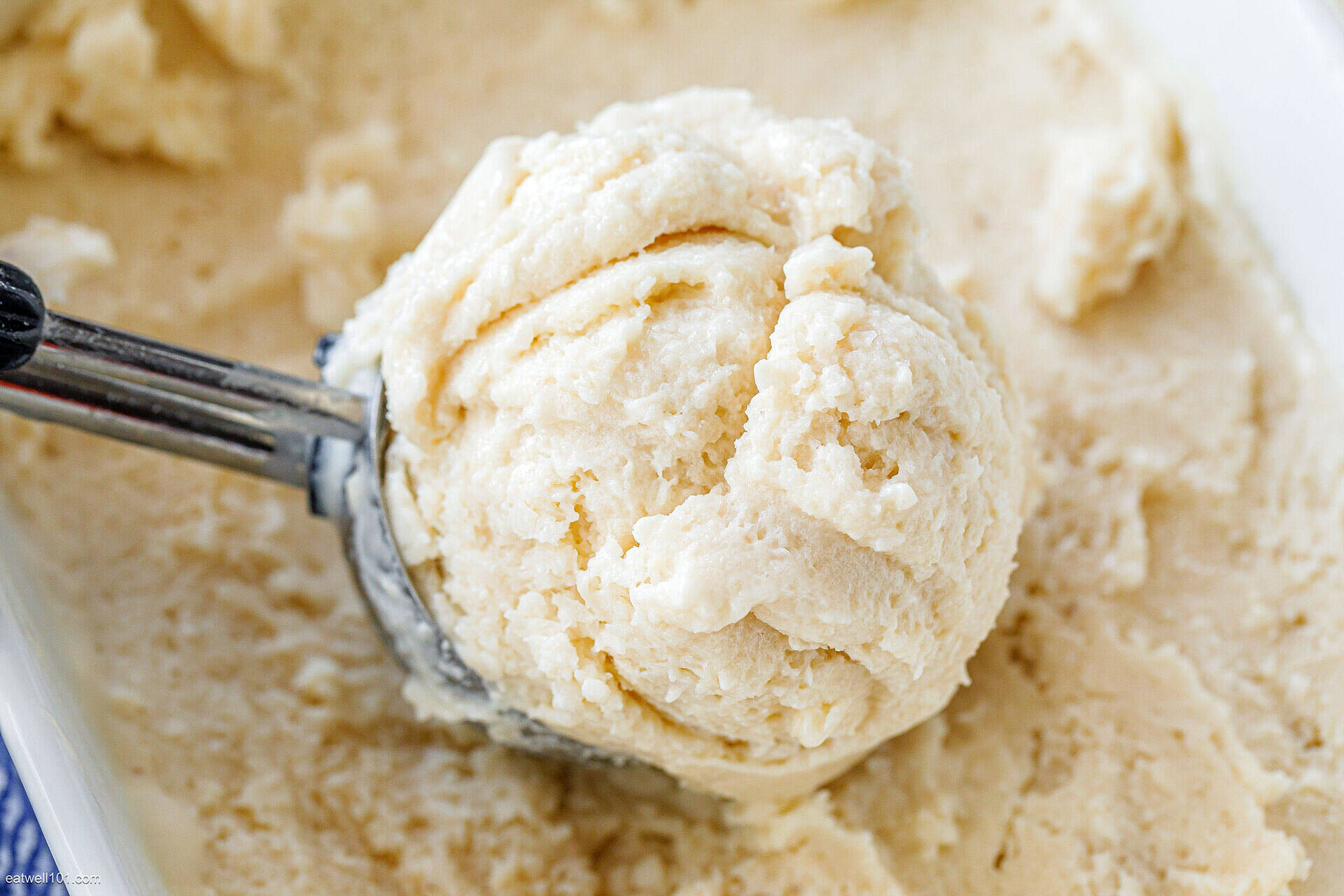
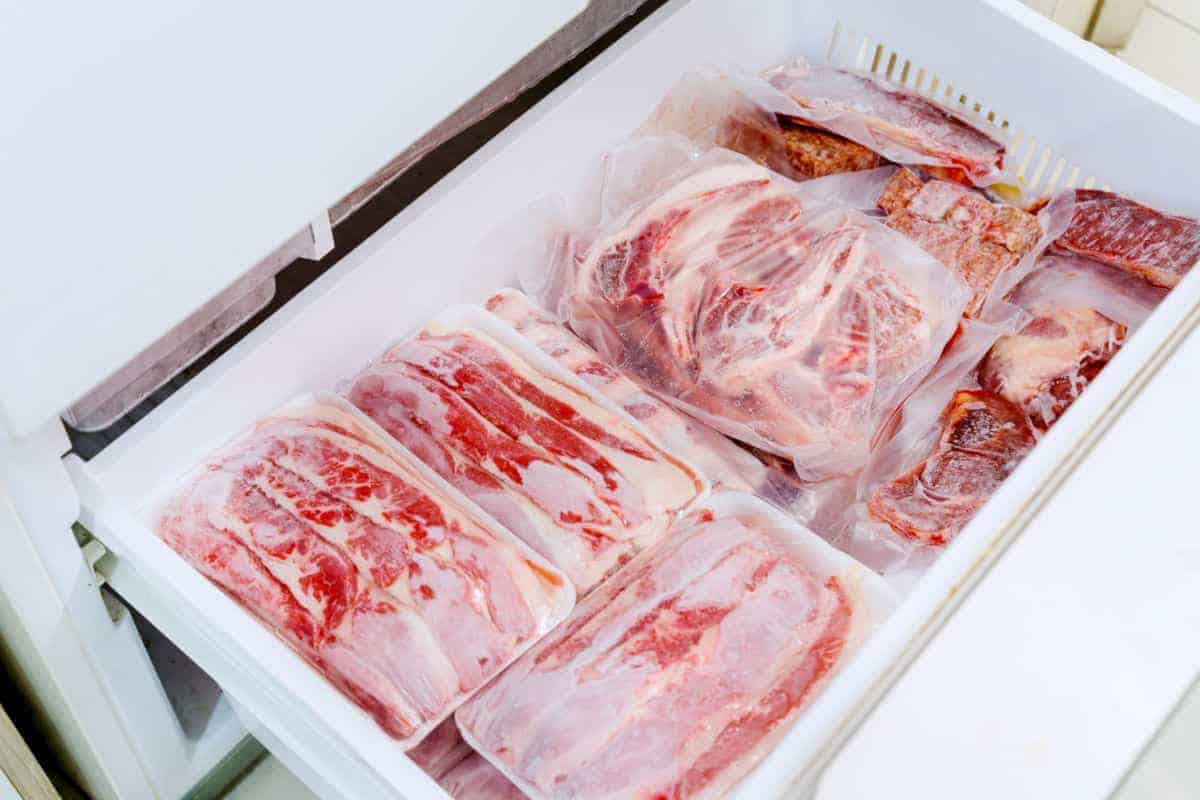
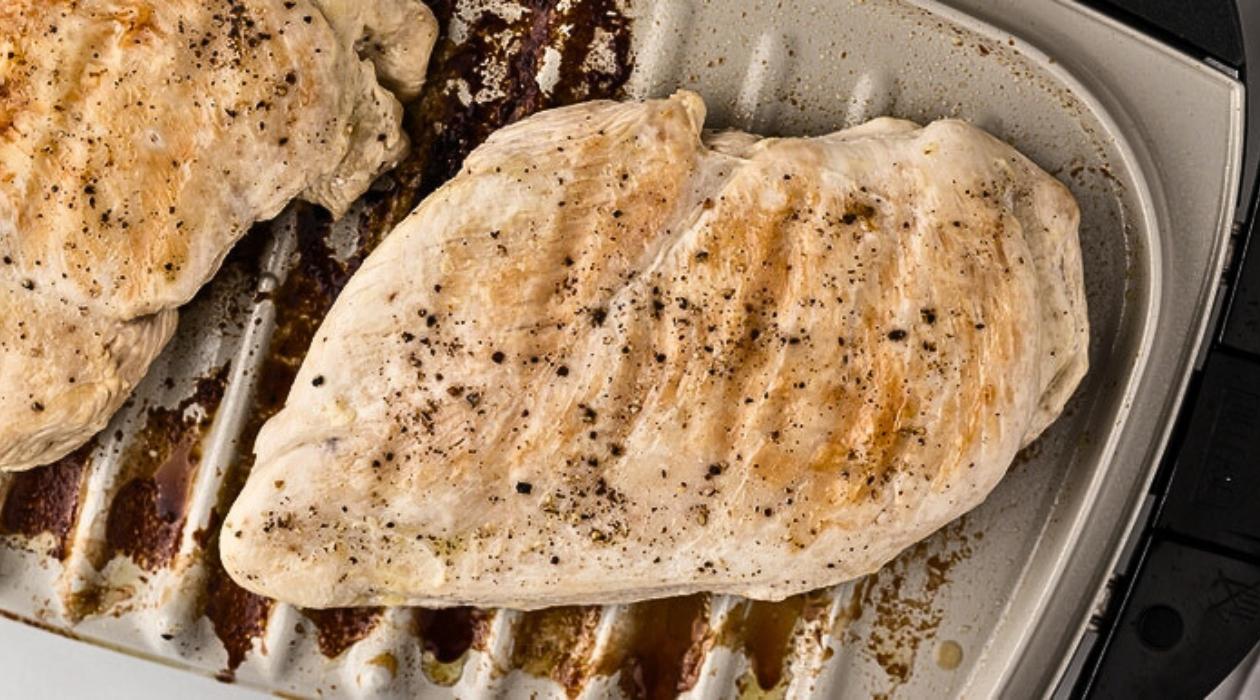
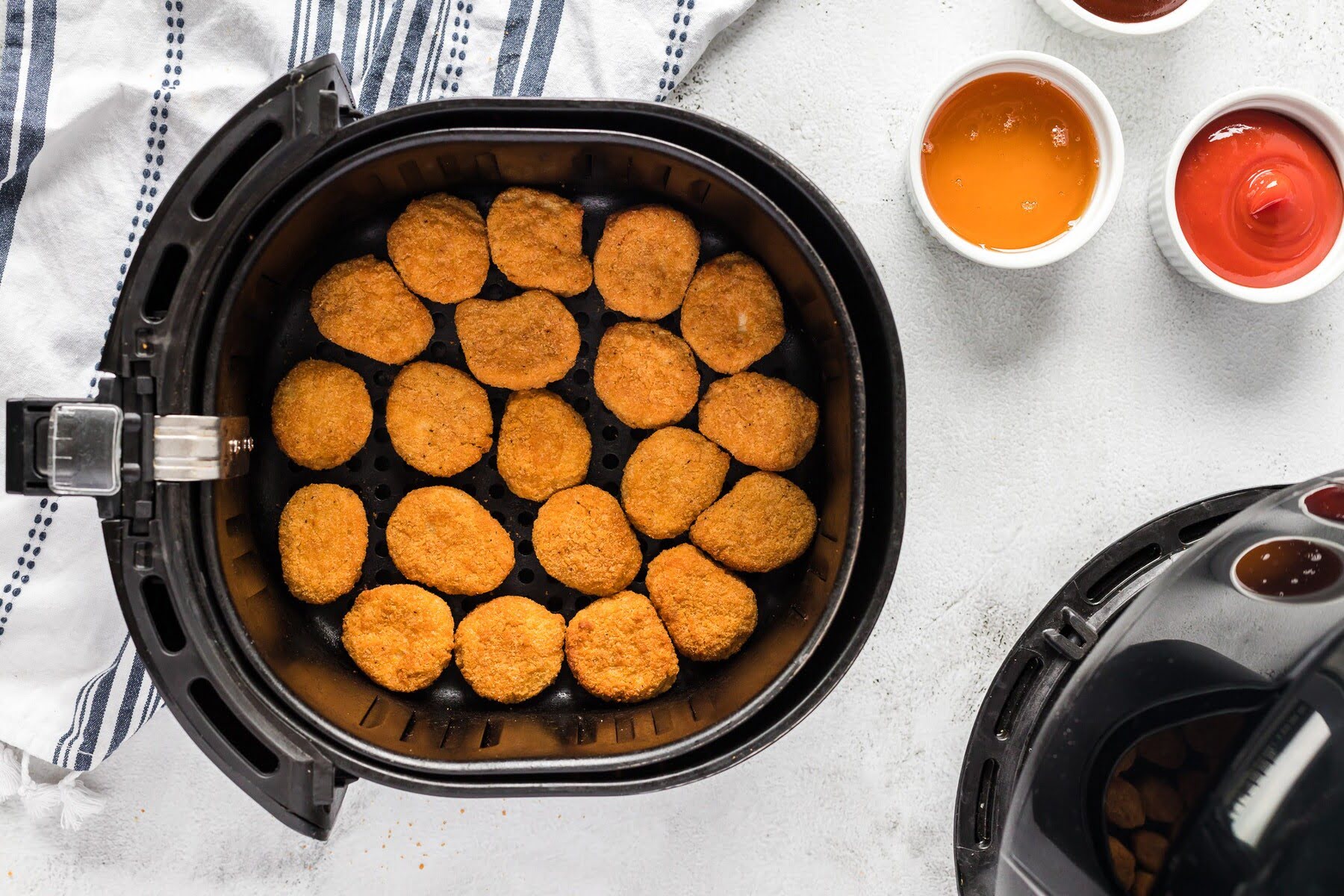
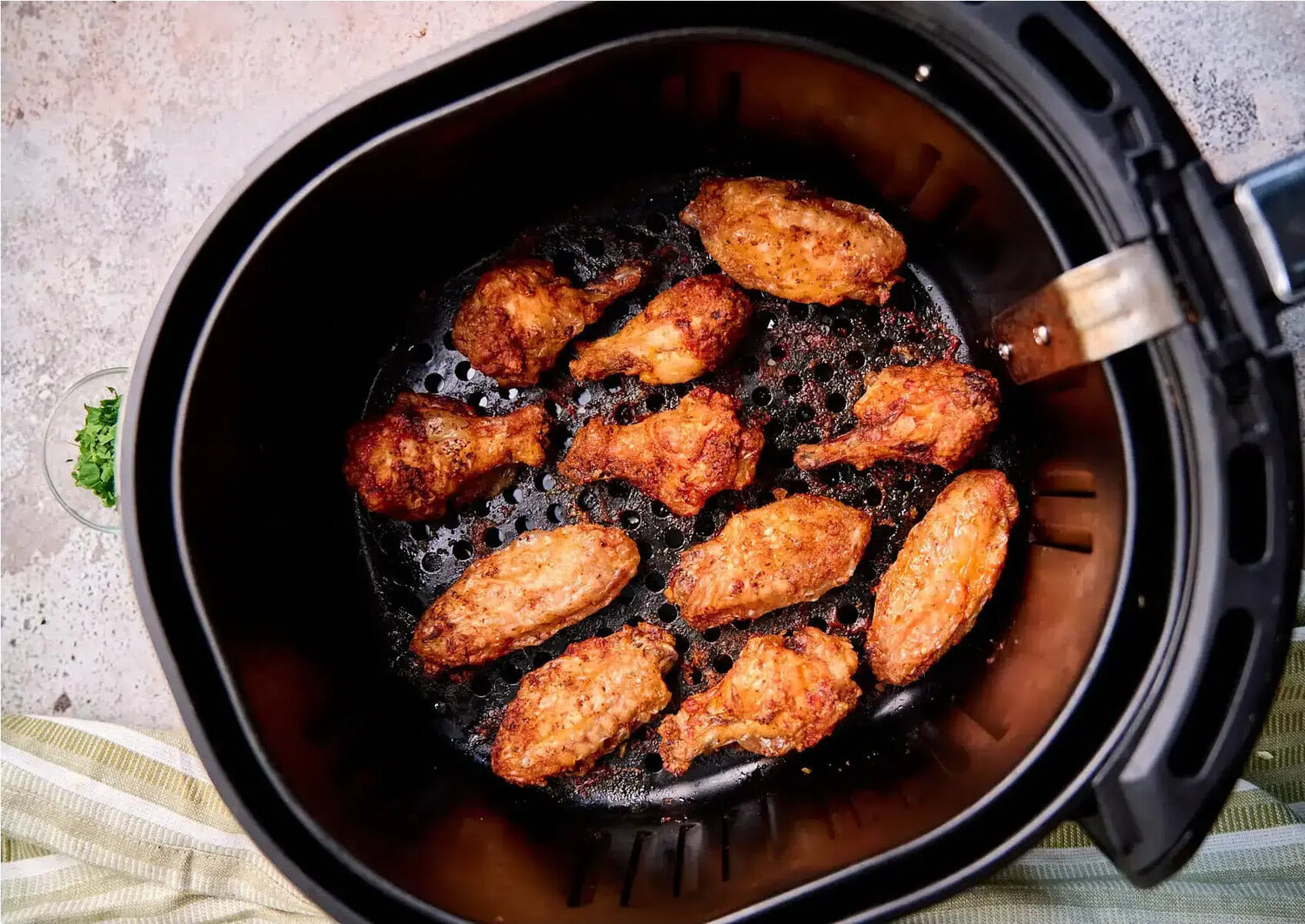
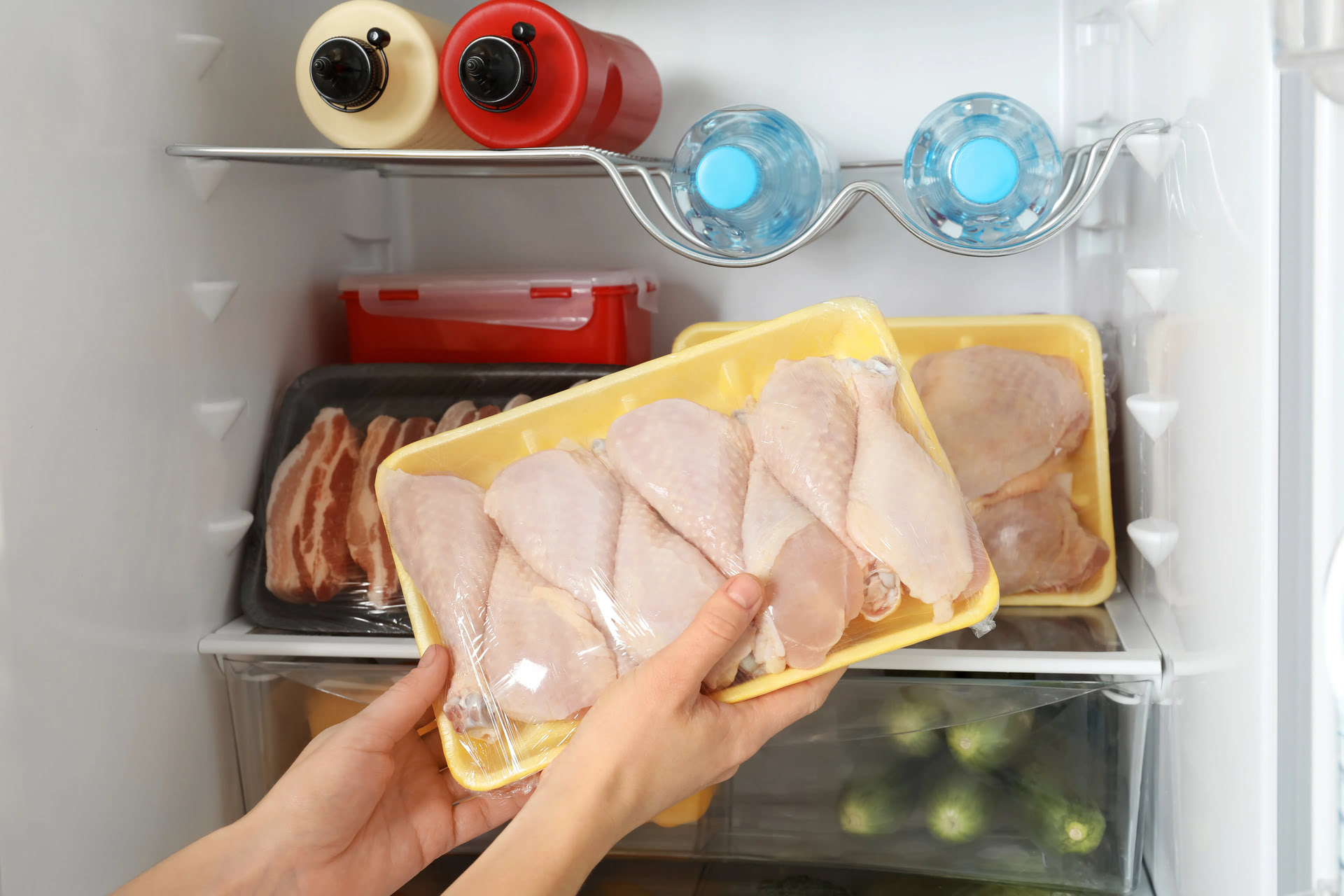
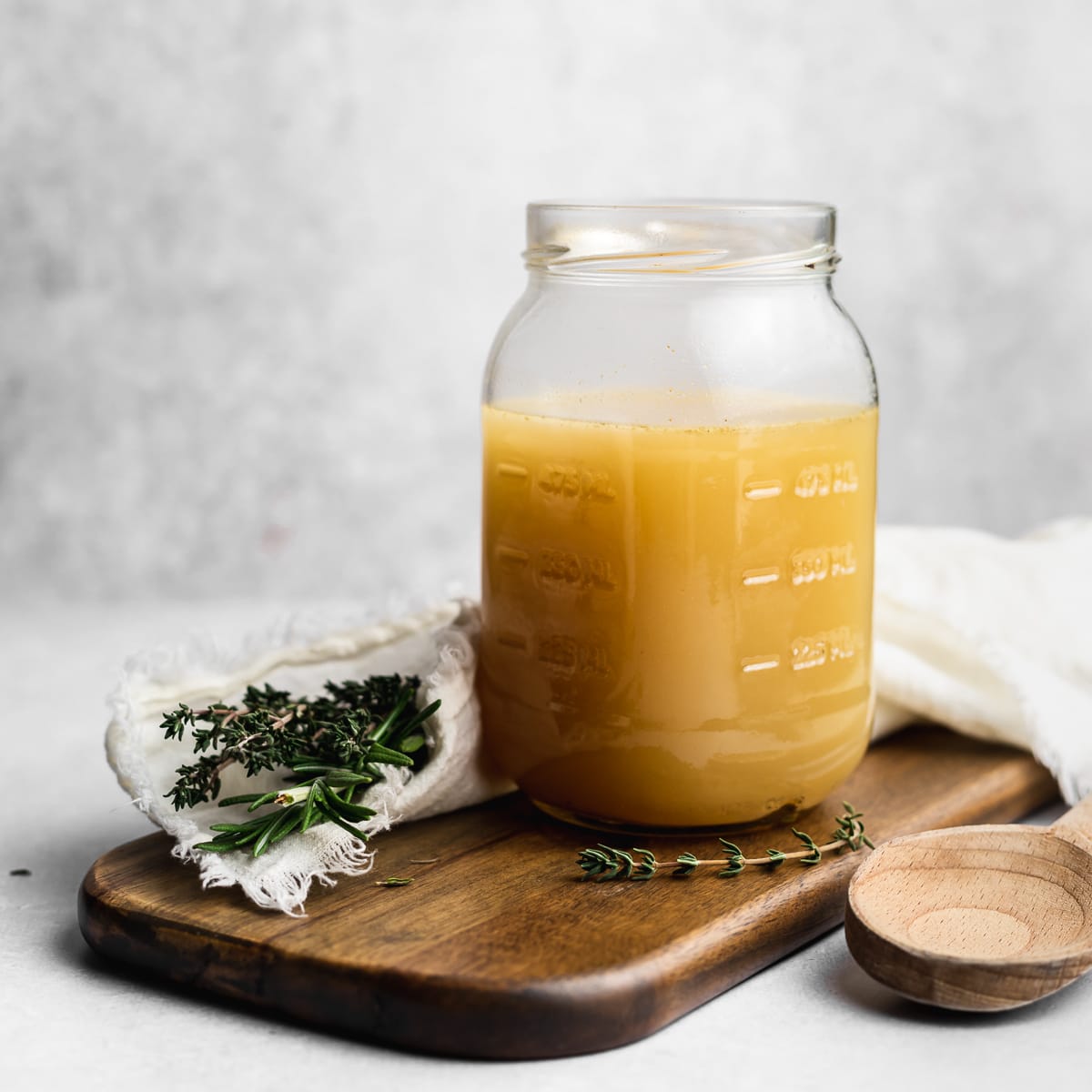

0 thoughts on “How To Store Frozen Chicken”